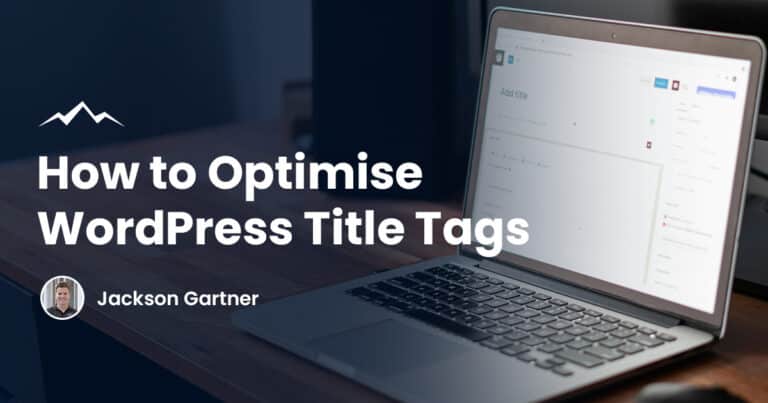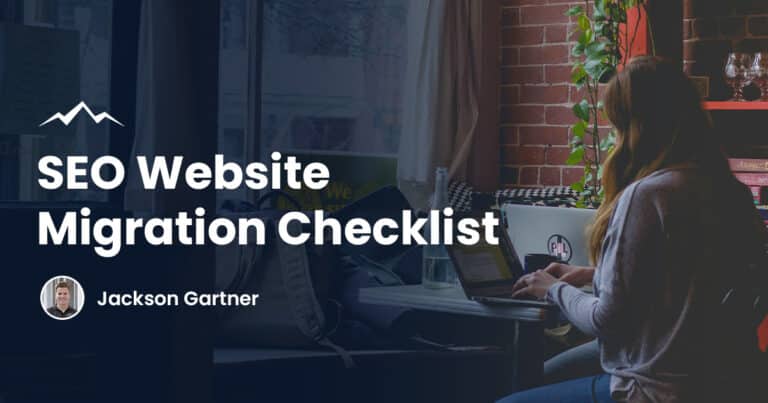Websites… we love some, we hate others. Why is that?
In this article, we will explore each phase of a web design project and how collectively, these phases contribute to the long-term success of a website, ensuring it’s one we all love rather than hate.
Initial Consultation
After you’ve made initial contact with the web design team you want to work with, it’s crucial to schedule a meeting to discuss your specific intentions and goals for your business and the website.
You may be surprised to hear that this doesn’t always happen but it’s such a crucial step to first meet and get to know each other before you go about paying deposits and making commitments.
You may find that the agency you’re meeting with doesn’t quite understand you and your business, or you just might not like them.
This allows you to simply walk away and find another.
A useful tip I can give you at this stage (or even at the very beginning) is to talk to a friend you know that already has a great website that you like and ask them if they could refer you to the agency they used.
This can be a great way to have an agency pre-vetted before you even meet them.
Discovery Phase
Now that you’ve signed on the dotted line (hopefully), the first thing you’ll want to ensure you’re working with your digital design agency on is the discovery phase.
This phase is your opportunity to collaborate closely with digital agency, giving them a deeper understanding of your brand and business.
Hopefully they’ll have plenty of questions for you to answer and if not I’d recommend you talk to them about your business goals, target audience and core values.
If possible, it can be great to have the design team speak to other members of your team or even customers to get a better understanding of how they integrate or interact with your business.
Once the designers have a clear understanding of your business you’ll want them to put together a sitemap or even a wireframe of your website for you to review.
A sitemap is simply a diagram that visually represents all the pages on your website and how they link together.

A wireframe is a very plain visual draft of what your website will inevitable look like, think of it as your websites skeleton without any pretty colours or content.
This wireframe allows you to understand the layout of your website structure and to get a feel of how the website will be laid out allowing you to give immediate feedback before the design phase even begins.
Design Phase
The design phase focuses on the creation of the website user experience and user interface with the businesses ideal target audience in mind.
If done well the website should be easy to navigate while also appealing to its target audience.
This phase is where most business owners struggle.
It can be incredibly hard to sit back and let the designers do what they do best because we all have our own personal tastes and style.
But there’s one thing I’d like you to keep in mind.
Your website is not for you, it’s for your customers.
Keeping this perspective and maintaining confidence in your web design team will ensure that everything turns out well in the end.
This is not to say you shouldn’t have a say or have valid feedback but instead of simply asking to change things why not first ask why the designer did what they did?
Development Phase
Now that the website design has been finalised and everyone is happy we move onto development.
You’ll have very little to do or say during this phase of the project.
As long as the discovery and design phases went well you can expect to simply see a working version of what had already been designed and approved.
This will be the first time you see your website come together, all the functionality and design will be in place and now you’re only a few steps away from launching!

Testing Phase
Testing is a crucial phase that can often be overlooked by web developers due to time constraints and not understood by the website owners as they don’t realise its significance.
You’ll always want to allow for up to a week of testing after development is complete to allow time to find any small bugs or issues with your website.
You can expect the developers to find and fix almost every issue before development is complete but there’s nothing quite like a fresh set of eyes to spot something.
This can be a great opportunity to share your new website with a few close friends or family members to take a look on their own personal devices to see if they can spot anything wrong.
If they come back with anything make sure to take note of what device they were using and any other specifics and then pass this on to the development team to get fixed before launch.
Going Live
You’re ready to go live – congratulations!
This is one of the most exciting parts of any web design project as you finally get to see all your efforts come to fruition.
But you don’t want to rush this, you’ll want to make sure everything is as it should be before you announce the website is live.
If this is a brand new website then going live is a relatively mundane process and involves just letting the development team do their thing but if this is a website redesign and is replacing an existing website then there are quite a few more aspects to consider.
Ideally you’ll want to go live in the evening for most businesses or whenever you know your website is least visited and your development team is available.
This is why you see those ‘routine maintenance’ announcements on other websites scheduled for the early hours of the morning.
It can take time for hosting changes and website caches to update so it’s always preferred to give your website and development team a few extra hours to make sure everything transitioned well.
If everything does go well it can be all done very quickly, if there’s an issue you’ll be glad you waited until it got quiet.
Check out our Website Pre & Post Launch Checklist to find out more.
Post Launch Support
Now that you’re live it’s always nice to know you’ve still got the support of your development team behind you.
Some agencies like White Peak Digital offer 30 days of complementary support in order to iron out any small bugs or fixes that avoided detection during the testing phase.
This gives you peace of mind as you know any issues that arise soon after launch can be fixed quickly and easily.
After this 30 day window has expired however it is important to keep in mind how vital it is your website is properly maintained and updated to avoid future issues and get the best ongoing results.
This is why we offer Website Care Plans to all our clients.
This takes the hassle of maintaining a website off your hands, plus we also offer a set amount of our time every month that you can allocate to any website changes you desire.
Conclusion
It’s important you’re aware of all the aspects of a complete web design project, but don’t be alarmed if all of these aren’t included in yours.
Depending on the project, time constraints or allocated budget you can may see phases like design and development combined into one or things like interactive prototypes excluded.
One final tip I’d like to give you is to plan a weekly catch-up with digital agency.
This allows them to brief you on the prior weeks work and also keep you informed of what’s to come.
This is also the perfect time to ask any questions or provide feedback. This can save you from contacting them every day with more questions or feedback which will only distract your development team and slow them down.
If you have anymore questions about website design please feel free to reach out or connect with me directly on LinkedIn.
To your success,
Jackson




